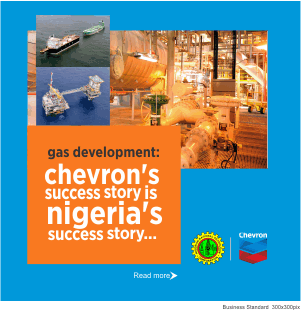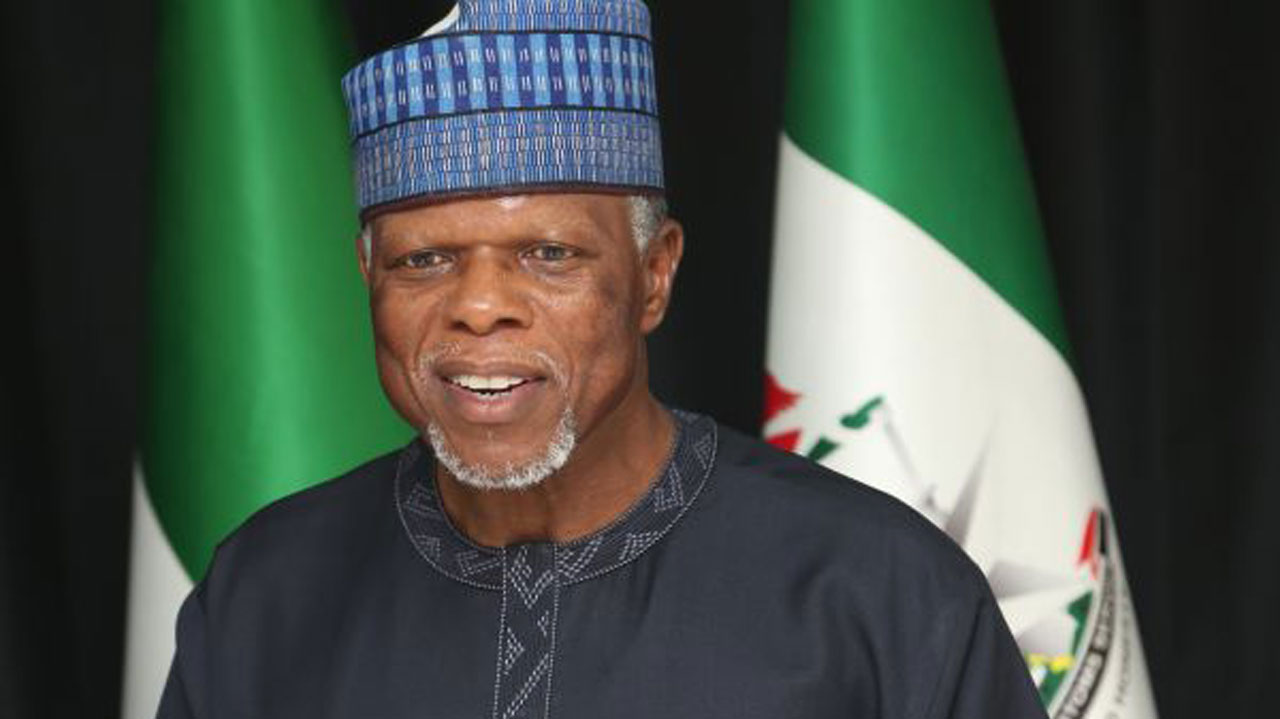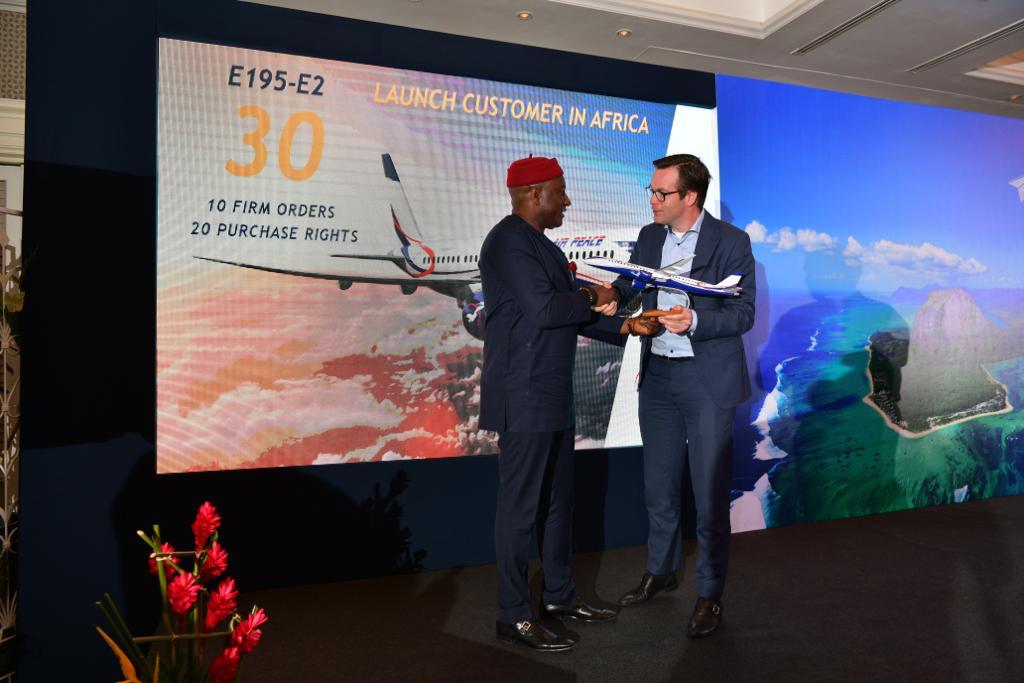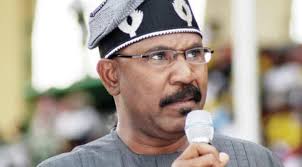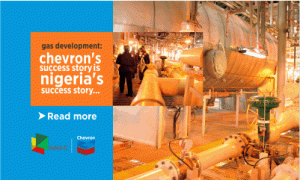The Lagos Metropolitan Area Transport Authority (LAMATA), on Tuesday revealed that issues bordering on Right of Way (RoW) recovery and the relocation of services were responsible for the slow pace of work on the Light Rail Project on the ongoing Lagos-Badagry Expressway.
Head of Media and Communications, Mr. Kolawole Ojelabi, said in Lagos that the project was stopped for almost three years because of various problems of obstruction on the RoW.
He said “We have given different completion dates for the project but one of the challenges that we had was that the train was originally to go to the Iddo Railway Terminus but the Railway Act did not allow us to do such”.
“Since we could not take the train station to Iddo, we had to change the alignment, and in changing that, there were a lot of obstructions on the way.
“For instance, there is a fertiliser plant around Ijora belonging to the Federal Government; we had to negotiate to use their compound so that we could take away their warehouse. We had to build another warehouse for them.
“Around Ijora too, there was a mosque that we had to demolish and build another one.
“Then moving into the lagoon, there were two major challenges: there was the relocation of gas link, a gas pipe underneath the lagoon, which also took some time.
“We also discovered that there was the wreckage of a ship that was at the bottom of the lagoon, that also had to be removed. These delayed the time line for the delivery of the project.
“From the initial plan of the Lagos State Government, this train ought to have been delivered in 2012 or 2013,’’ he said.
He further explained that LAMATA lost about three years to the recovery of RoW, adding that the state government had to bear the additional costs, which were not in the initial budget.
LAMATA averred that the blue rail line project was a 27-kilometre project which runs from Okokomaiko to the Marina and is expected to have 13 train stations and the trains are targeted to lift a minimum of 400,000 passengers daily when completed.
While noting that the project was divided into three phases, with each phase further divided into three segments, Ojelabi recalled that “The first phase of the project is 95 per cent completed, that is from Mile 2 to the National Theatre”.
“The second phase which is from National Theatre to Marina is about 45 per cent completed and massive work is going on there now.
“By the time all the piers are built, particularly those in the lagoon, that is, the superstructure, the project would no longer take time to complete,’’ he said.


